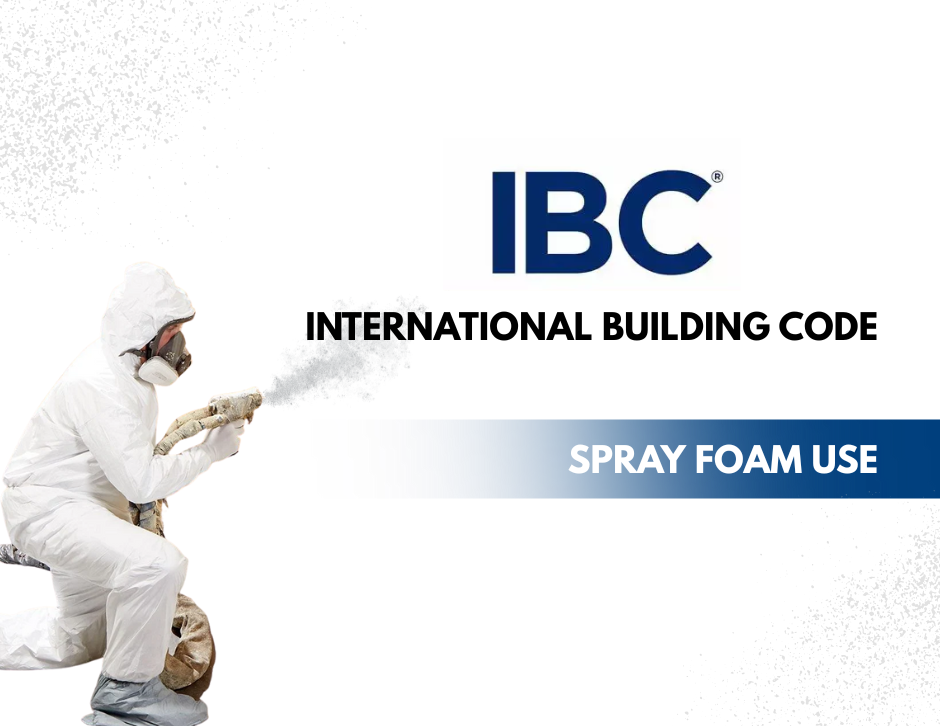Understanding Cellulose Blown-In Insulation and Asbestos Concerns: What You Need to Know
- M.Y Blog
- Aug 19, 2024
- 3 min read
When considering insulation options for your Indiana home, it’s crucial to understand the materials involved and any potential risks. One area of concern that often arises is the relationship between cellulose blown-in insulation and asbestos. Homeowners who are exploring insulation options, such as spray foam insulation, often ask whether older types of insulation, like cellulose, contain asbestos and what this means for their home. In this blog, we'll explore the facts about cellulose blown-in insulation and asbestos, and how modern options like spray foam insulation offer a safe, effective alternative.

Cellulose blown-in insulation is made primarily from recycled paper products, such as newsprint, which are treated with fire-retardant chemicals. This type of insulation is favoured for its eco-friendliness, as it uses recycled materials, and its effective thermal properties, which help keep homes warm in winter and cool in summer. Cellulose insulation is typically installed in attics, walls, and other cavities by blowing it into place, allowing it to fill gaps and create a dense, even layer of insulation.
The short answer is no. Modern cellulose insulation does not contain asbestos. However, it’s important to understand where the confusion comes from. Asbestos was widely used in various building materials up until the late 20th century due to its fire-resistant properties. Some older types of insulation, such as vermiculite, have been found to contain asbestos, but cellulose insulation is made from paper products and does not naturally contain asbestos.
What does asbestos insulation look like?

Asbestos insulation can take several forms, depending on the type of material it was used in. Here are some of the most common types of asbestos-containing insulation and their general appearance:
1. Loose-Fill Insulation (Vermiculite)
Appearance: Vermiculite insulation often resembles small, lightweight pellets or granules that are grey-brown or silver-gold in colour. It was commonly used in attics and walls. Vermiculite itself doesn't always contain asbestos, but some vermiculite products, particularly those mined from the Libby, Montana mine, are known to be contaminated with asbestos.
2. Pipe Insulation
Appearance: Asbestos pipe insulation often looks like a white or greyish material wrapped around pipes. It may have a chalky or fibrous texture. In older homes, this insulation can appear as a rigid or crumbly material, often covered with a cloth-like outer layer.
3. Asbestos Insulating Board (AIB)
Appearance: Asbestos insulating board was commonly used for fireproofing, partition walls, and ceiling tiles. It has a smooth, flat surface and typically appears as grey or white boards. AIB can be difficult to identify visually since it closely resembles other types of non-asbestos boards.
4. Sprayed or Troweled-On Asbestos
Appearance: Sprayed asbestos insulation is often found on ceilings or structural beams and can have a fluffy, rough, or sometimes smooth appearance. It’s usually grey or off-white in colour and might look similar to popcorn ceiling texture.
5. Asbestos Cement
Appearance: Asbestos cement was used in corrugated roofing, shingles, and siding. It looks like concrete or cement and is usually grey. Over time, it may develop cracks or show signs of weathering.
Key Identifiers:
Colour: Generally white, grey, or brown.
Texture: May range from fluffy, fibrous, and crumbly to more rigid or cement-like.
Form: It can appear as loose-fill granules, solid boards, sprayed coatings, or wrapped around pipes.
If you live in an older home in Indiana or Michigan, particularly one built before the 1980s, there is a chance that some forms of insulation or other building materials might contain asbestos. However, this is unlikely to be cellulose insulation. If you are concerned about the presence of asbestos in your home, it’s advisable to have a professional inspection conducted. Asbestos is hazardous when it becomes airborne, so disturbing materials that may contain asbestos should always be done by certified professionals.



